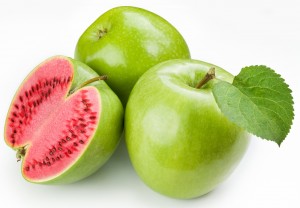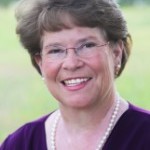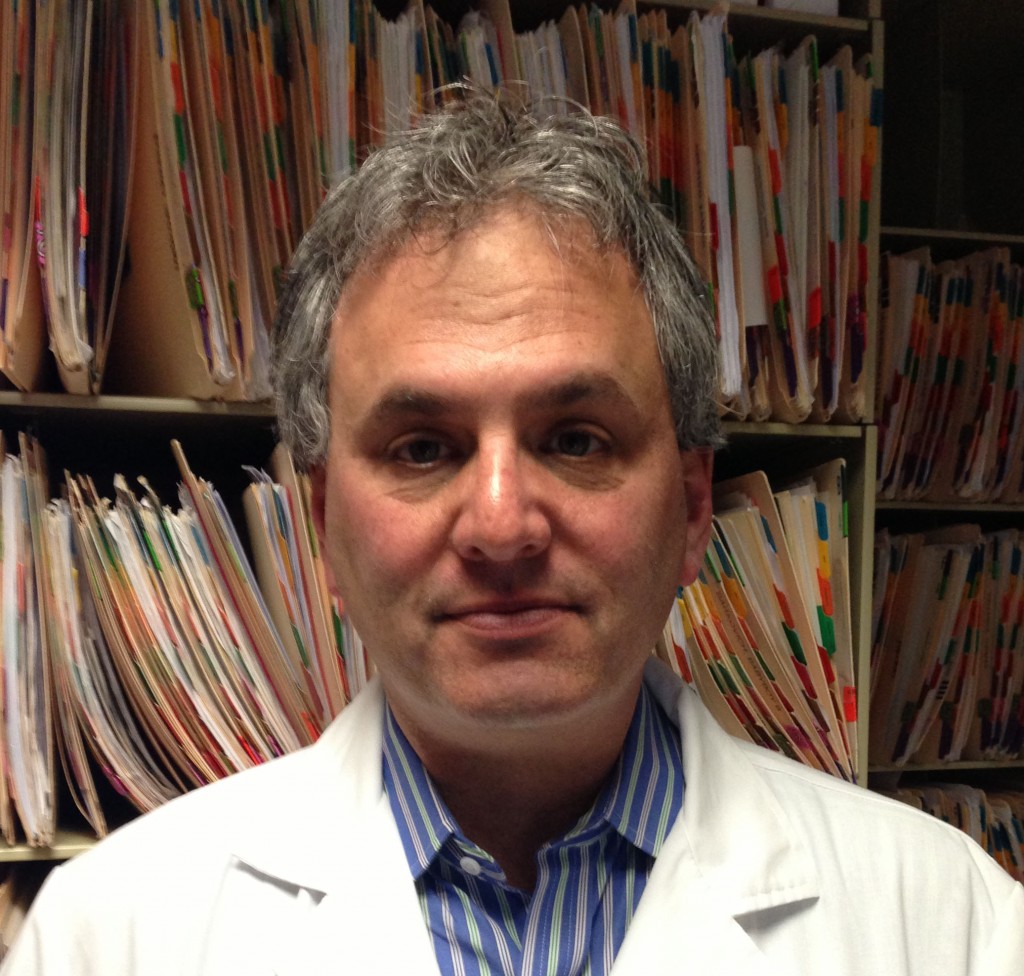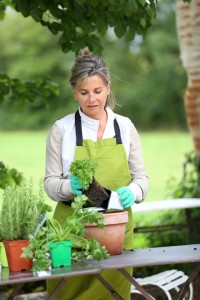Spring is here and it is always a good time to review important ways to protect your eyes now that you will be spending more time outdoors, enjoying sports, gardening or just basking in the warm spring sunshine.
Protective Eyewear for Home, Garden & Sports
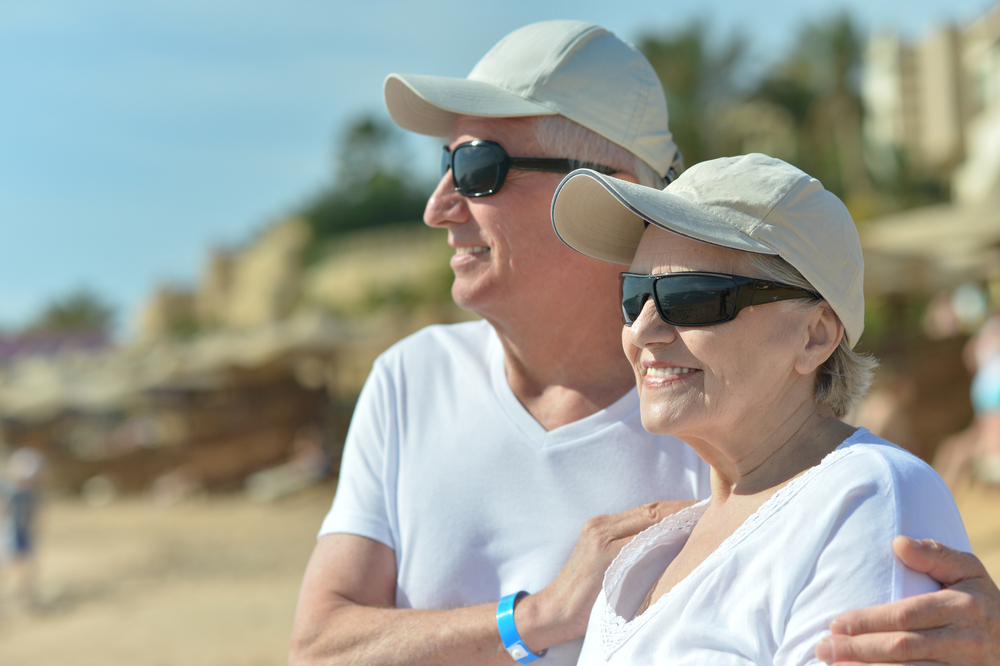
Sunglasses and wide brimmed hats are the first things to consider as you go outdoors. The damage from UVA/UVB rays from sunlight is ever present, even on cloudy days. It is also cumulative and can lead to cataracts and age-related macular degeneration. Don’t forget to use sunscreen generously, helping to prevent a painful sunburn and skin cancer. If you perspire a great deal, think of a waterproof sunscreen that will not run into your eyes causing blurry vision and irritation.
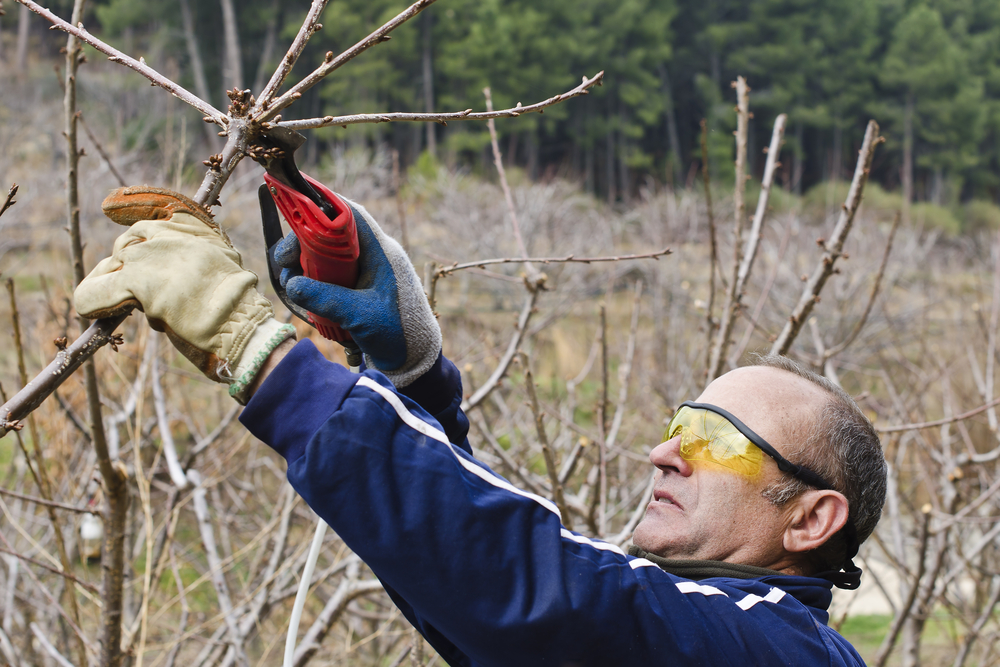
In your backyard or garden it is wise to use safety glasses or goggles when operating a chain saw, axe or hedge clipper. They will help to prevent small flying objects, dirt and debris from getting into your eyes. Tree sap and plant secretions can also be hazardous to your eyes. Wearing gloves should make you think twice about rubbing your eyes, or at least you can remove them if you can’t resist.
Home maintenance and spring cleaning offer some of the same threats as gardening. Beware of using any regular or power tools, paints and chemicals without protective eyewear because of flying debris, drips, splashes and sprays. Besides the general eye irritations and painful corneal scratches, you could permanently impact your vision. Also take care if your children are helping or playing nearby, they could also be at risk.

Spring is a great time to get outdoors and enjoy your favorite sports, but if you engage in any activities that involve throwing and catching balls, “flying” arms and elbows (such as karate), swinging bats, sticks or clubs, or anything that involves shooting (such as paintball or airsoft), you need protective goggles that wrap around and protect you from all angles. Not every threat will be coming from directly in front of you.
For these sports and recreational activities prescription eyeglasses, sunglasses and even occupational safety glasses are not enough to protect your eyes. You will need a highly impact-resistant polycarbonate to avoid a lens that can shatter and cause additional danger to your eyes. Consult your eye care professional to choose the right kind of eye protection for your warm weather activities.
3/24/15
 Susan DeRemer, CFRE
Susan DeRemer, CFRE
Vice President of Development
Discovery Eye Foundation




